by Nick Hahn
Although 2014 racing dates remain unresolved, the grass has started to grow in rural New Kent County, the host locality of Virginia’s pari-mutuel racetrack, Colonial Downs. Last Saturday’s Dogwood Races, a steeplechase event, are now concluded and pyromaniac track superintendent J.D Thomas wants to wake up his dormant Bermuda grass on the Secretariat Turf Course.
“I still have a turf course to maintain,” states Thomas, the creator of a novel concept.
Thomas likes to torch Colonial’s largest asset, its legendary turf course, every spring, reducing it to charred stubble. What returns in May is a healthy racing surface ready to handle whatever the trips of thousands of racing Thoroughbreds can give it.
After years of failed persuasion, Thomas finally gained track management’s blessing several years ago to hold the annual roast that is, believe it or not, is a cost saving measure on Colonial’s grass-cutting budget.
“All the nutrients are in the leaf that I’ve feed over the last year. Rather than cut if off and blow it, this drives the nutrients back into the ground,” says Thomas.
With winds slowly waning Friday, the late afternoon procedure became an early evening event as New Kent County Fire Marshall Richard Opett delayed ignition a couple of hours until the breezes subsided.
Jim Vedas of Clearwater Forestry Services of nearby West Point, Virginia lit the gas canister and Andy Donahue held it to the ground and strolled across the top of the chute of Colonial’s Secretariat Turf Course. With the course edges well-watered with 8,000 gallon of grey water along the rails, the inferno crawled out of the chute and down Colonial homestretch toward the finish line.
Another unconventional measure usually undertaken by Thomas post blaze won’t occur this spring: the application of millions of tiny beads of crumb rubber.
“You can go too far with rubber. I’ve applied 10 tons a year for the last five years. This is a good year to take off,” explained the innovative turf doctor.
While large rubber once buried — say, a tire — usually floats back up through the ground, the crumb rubber buried in the turf profile can’t escape the Bermuda grass root web of Colonial’s turf course. Its dark color attracts and preserves the sun’s warmth during the spring, and the mild application provides a deep-rooted cushion for the athletics traversing over it.
Despite looking like hell, scorching Colonial’s earth is actually a pretty cool annual event. It may not be Chincoteague’s pony swim, but it’s worth a watch by anyone looking for something more impressive than a simple bonfire.
If the racetrack and the horsemen — the opposing foes in Virginia’s calendar dispute — can find the same path, at least we know the turf course will be ready.
[author] [author_image timthumb=’on’]http://www.theracingbiz.com/wp-content/uploads/2013/12/nickhahn.jpg[/author_image] [author_info]Nick Hahn has been covering Virginia racing since before there was a racetrack. His “Off to the Races” radio show is a must-listen, and his “Nick’s Picks” tip sheet is a shortcut to wagering profits at Colonial Downs.[/author_info] [/author]


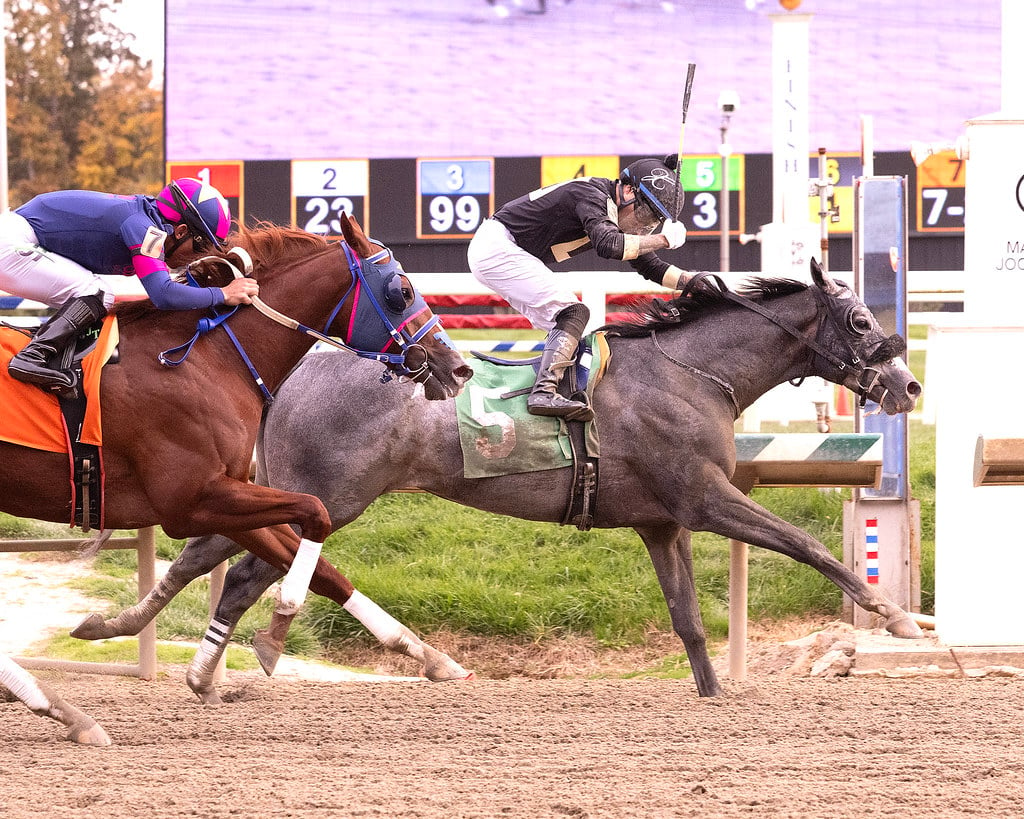
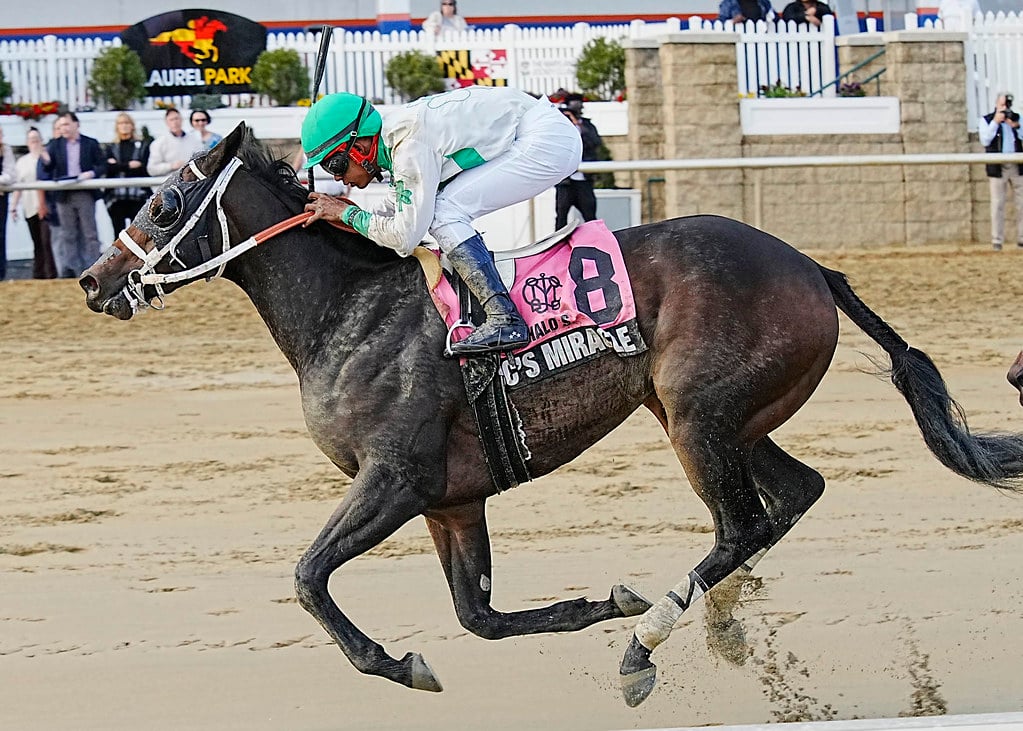
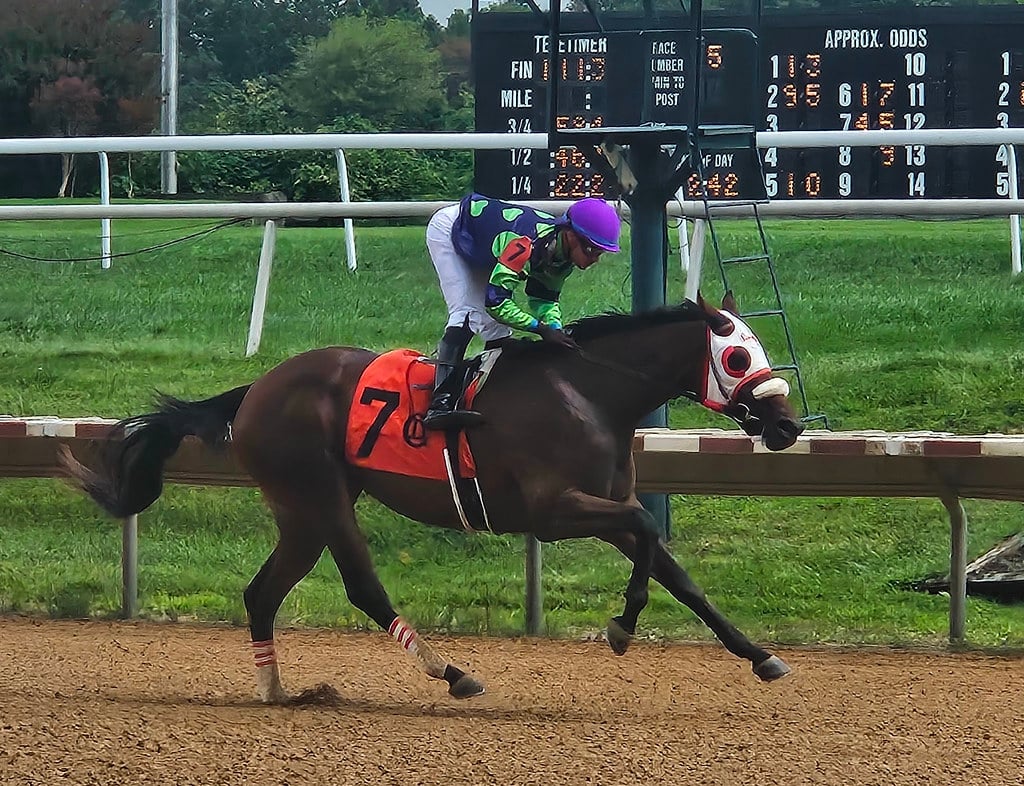

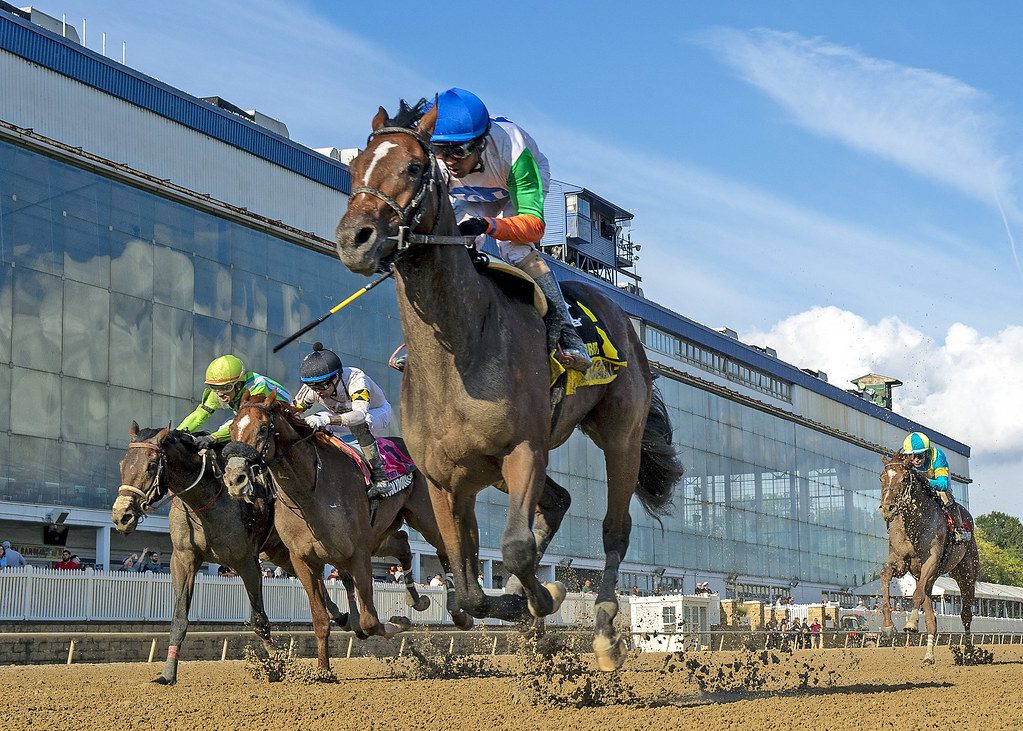

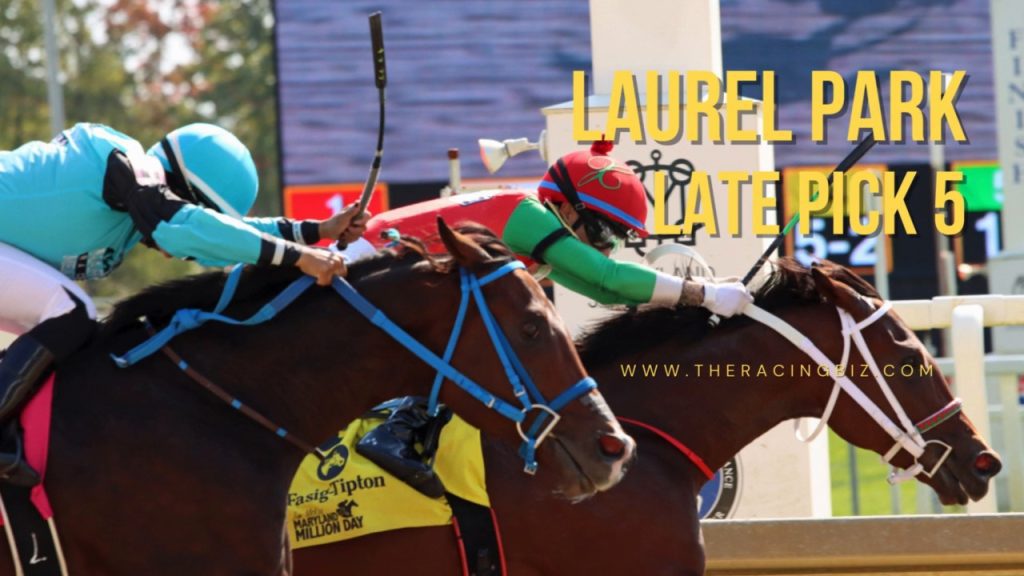
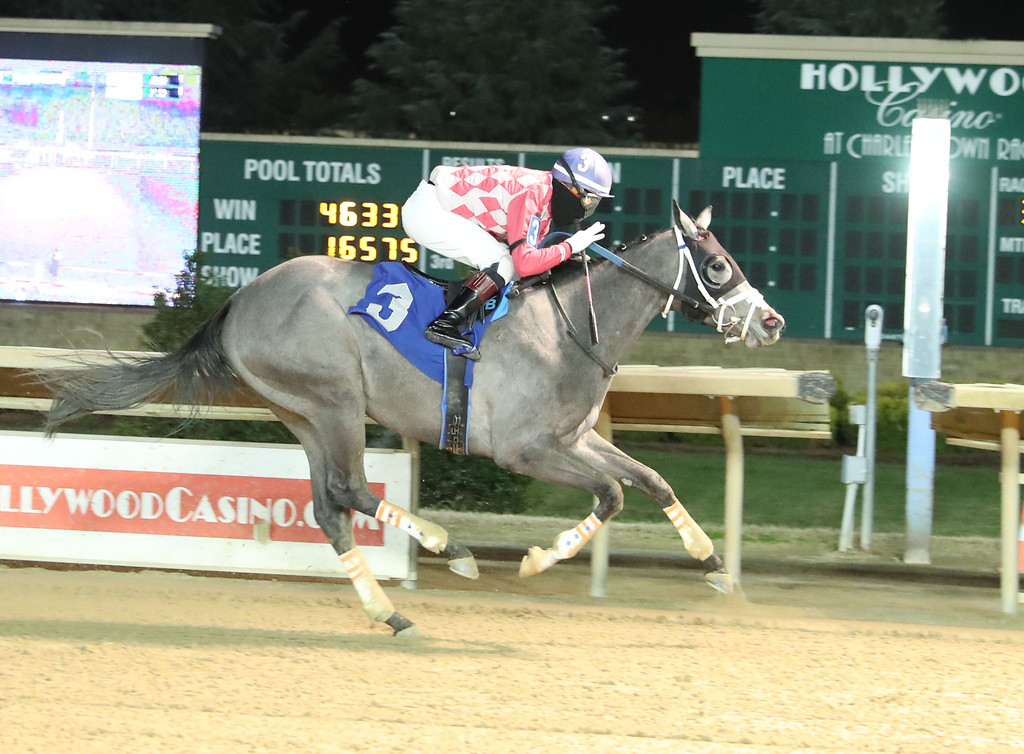
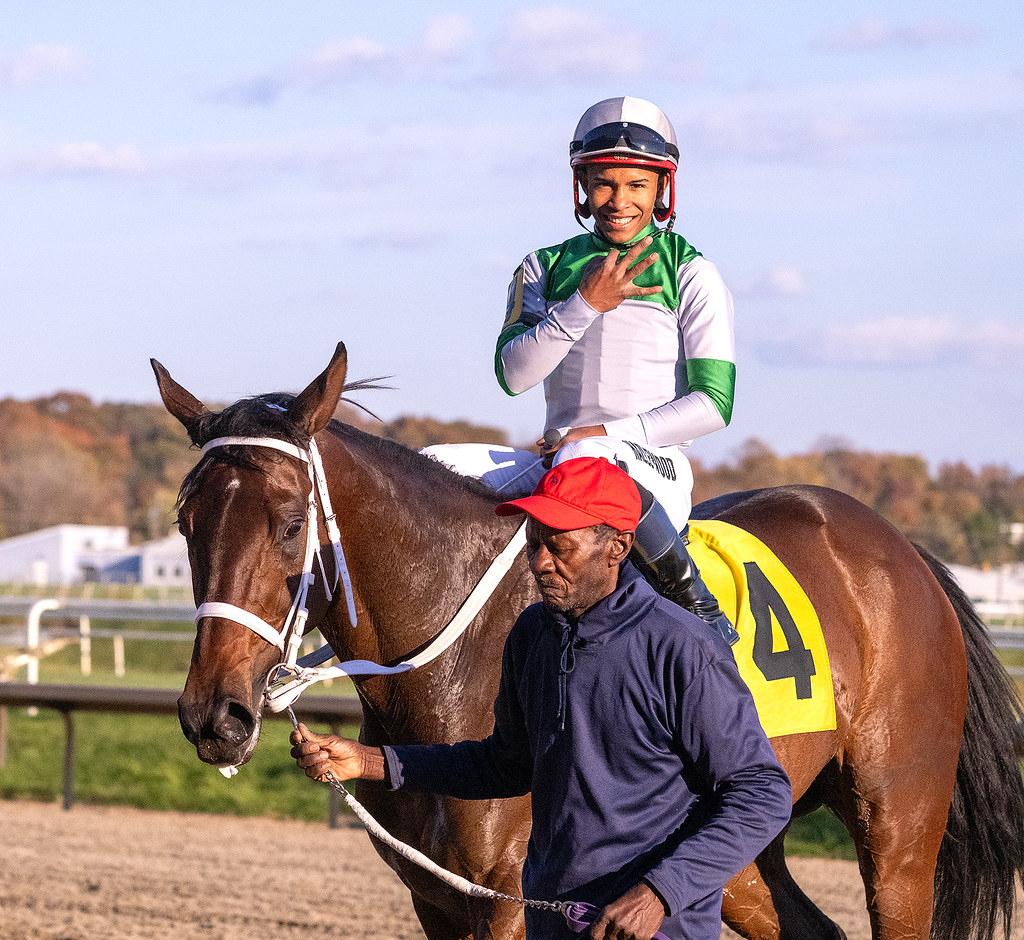
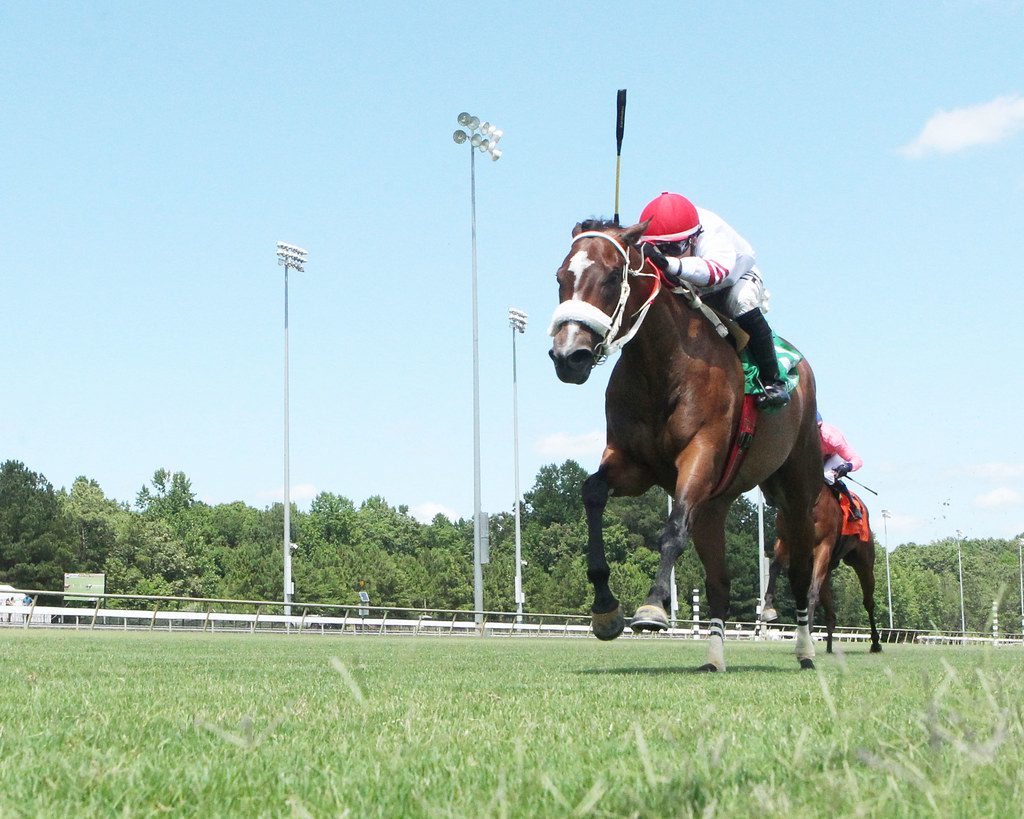
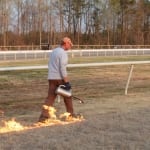
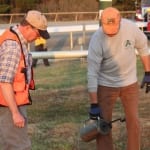
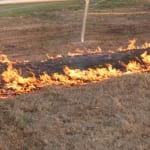
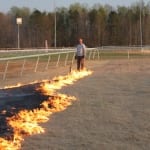
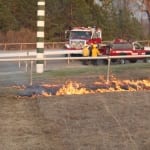
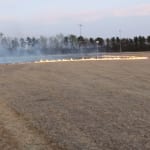
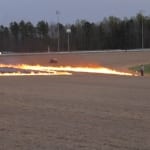
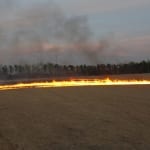
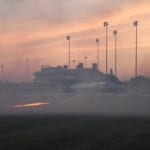
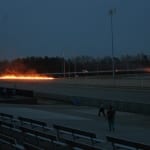
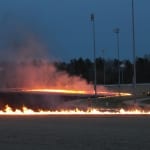
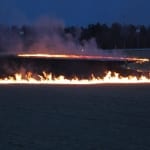
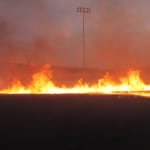
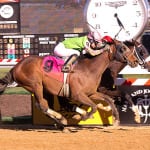

Jack Fishman
14th Apr 2014Makes no sense to burn anything with no racing this year. Funny how Atlantic City has the best turf course on the East Coast and they never have to burn or cut it. The thicker the better.
Nick Hahn
14th Apr 2014Does Atlantic City have Bermuda? That could be the difference. I haven’t been to Atlantic City (racetrack) during racing so I have no reference. However, I’ve seen some spectacular resiliency off Colonial’s turf, more than can be mentioned here. I’d have to respectfully challenge the “best turf course” label. That investment is one of the few things CNL founders got right.
Boris
16th Apr 2014Colonial Downs is the only East Coast track to have pure Bermuda grass. Other tracks have different surfaces and/or hybrid grasses. Some of the best surfaces are in Southern California where they use the GN-1 Bermuda grass (designed by Greg Norman; thus “GN”). There are many versions of Bermuda and Kikuyu has also been used at various tracks. Some tracks and a lot of professional sport fields use the Tiffway 419 Bermuda or other hybrids. (The field surface can differ in football games as the speed of the running backs and ability to cut back differs from turf to turf to artificial turf.) There are significant differences in the speeds of races based on the type of grass, cut depth, moisture level, and if the rail is out/in (among many thins)…major issue for handicapping the horses and why there are truly “Horses for Courses” (and as well in football). CNL’s turf is superior to ACRC’s.
Boris
16th Apr 2014But to the point of the other comment, it is a shame there will be no racing at Colonial Downs in 2014. It may be years from now that you will ever see racing in Virginia, if ever again. Sad.
LindaVA
15th Apr 2014My comment to this on Colonial’s Facebook page was “Why bother?”
I guess this effort lets track management pretend that they are interested in running a thoroughbred meet again someday.
Alice
16th Apr 2014Why Bother? is right. Racing in Virginia is over. The Colonial Downs folks should be over at City Hall to pick up the Demolition Permit. Let the bulldozers in…and the commercial developments begin. IT IS OVER, but to be fair to everyone, what chance did it ever have when it is not in Va Beach, there are 1,000 or fewer per day at the track, no OTB in Northern Va and no slots element for additional revenue. Sad, but it is the TRUTH. Can you handle the TRUTH?